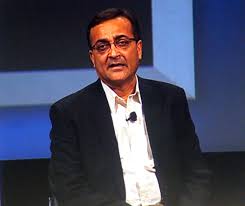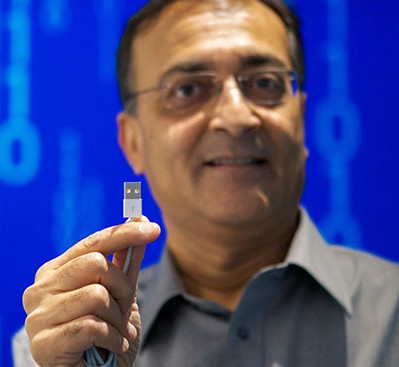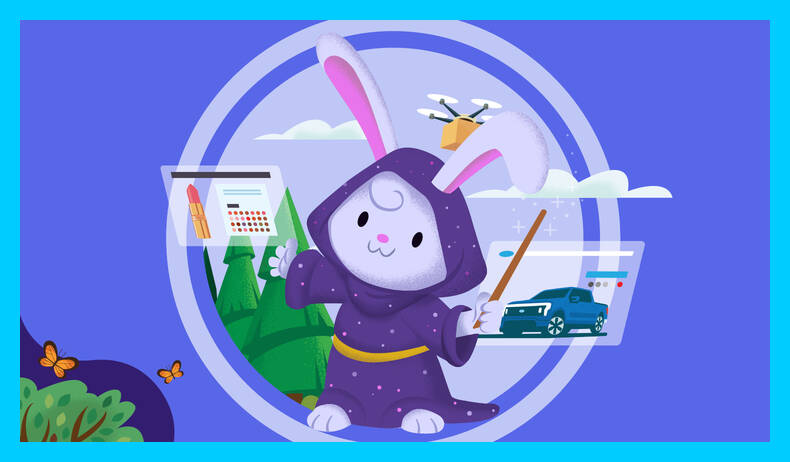If you used a desktop computer in the 1980s or early 1990s you would remember how cumbersome it was to connect a scanner, printer or any other peripheral, for the first time. The rear of the PC (or laptop) had an assortment of ports or connectors. The VGA port was for the monitor, while the serial ports (labelled COM) were for serial devices such as the mouse and modem. And then there were parallel ports (Centronics) for the printer. As if that was not enough, you had to find the matching cables for the corresponding peripherals. And by the time everything was plugged in, the back of your computer looked like a rat’s nest. You also had to find and install a piece of software called a device driver. With the introduction of the USB port in the mid-90s, PCs became simpler to use and it was far easier to connect devices — USB is one universal connector for all devices. Ten billion devices use USB every year. Did you know that USB (Universal Serial Bus) was invented by an Indian at Intel? And that the technology was deliberately not patented and free for everyone to use?
 In a session at the SURGE conference in Bengaluru last week, we heard Ajay Bhatt, Chief Platform Technologist, Intel speaking passionately about his invention — the USB port. Ajay also spoke about his next project, the invention of a universal stylus for tablets.
In a session at the SURGE conference in Bengaluru last week, we heard Ajay Bhatt, Chief Platform Technologist, Intel speaking passionately about his invention — the USB port. Ajay also spoke about his next project, the invention of a universal stylus for tablets.
“The USB idea was conceived before the CD. It came about because of my own frustration of using computers. And I thought there had to be a better way. For the last 25 years, I always had this vision of making computers easy to use. In the ’80s and early ’90s computers were designed by engineers and for engineers,” said Bhatt.
When he conceived the idea, he had the challenge of convincing people internally at Intel. He had to come up with a concept, and hence the term ‘Plug-and-play’ was born.
“It took more than a year to convince people of a problem statement and the opportunity. By being persistent I was able to convince people at Intel first. And once we had the initial concepts, then we reached out to Microsoft, IBM, DEC and other OEM partners,” said Bhatt.
Bhatt says he has no regrets about giving away this technology for free. This IP wasn’t patented and all the OEMs were free to use it. This was done intentionally so that everyone could start using USB, and then PCs would become easier to use, especially for new users. He draws similarities with today’s crowdsourcing model.
“I am a computer scientist and I get great joy in seeing the impact of my inventions on the rest of the world. This is truly a dream come true. Coming up with a new concept and getting partners to work with us and add to the idea, is a dream job. This motivates me to get up in the morning and go to work, even after 36 years in this industry,” said Bhatt.
Bhatt says the USB will continue for another 20 years, even in the age of wireless connectivity and thin devices. You still need a wire to provide the power. The latest version is the USB type-C connector, which doubles as a power connector. The new notebooks and phones already have the USB type-C connector.
NEXT PROJECT
Bhatt is now looking at a more natural way for humans to communicate with computing devices. And he is working on a new architecture for touch in large screen systems.
“We are now working on the universal stylus. The iPad Pro offers a $100 Pencil or smart stylus. Samsung, Microsoft and others all have styluses. But this stylus is captive and it only works on a given platform. I want to develop a stylus technology that works across systems. It should be affordable for kids and parents. Even if you lose it, you could buy a new one. But as long as the stylus is $100 this is not going to happen,” said Bhatt.
When asked what would be the price of his stylus, Bhatt did not give a definite price. However, he said that the pricing would come down significantly when these were manufactured in volumes. This would also make his stylus ubiquitous and everyone would use one. He envisions billions of styluses sold every year.
“My job is to work with the industry to create a foundational technology, remove the technical barriers, bring down the cost, and let the market place dictate how these are sold,” said Bhatt.
———————————————————————————————————————










